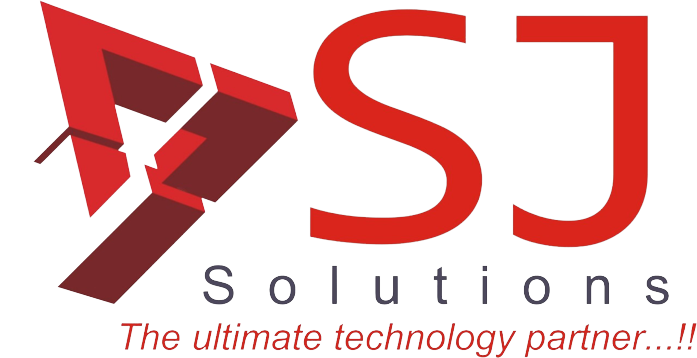Cloud Computing
Cloud computing emerged in the late 2000s as an informatics term to define the use and consumption of computer resources. By processing various installed data resources, the system, which consists of a group of remote server computers and network webs, provides the ability to generate new data that does not need to be stored.
Cloud computing is based on the principle of sharing resources in order to achieve scale, economy, and compatibility. Larger concepts like combining infrastructures and sharing services are at its heart. When it comes to shared resources, it is once again in the domain of cloud computing to maximise the efficiency of these resources. Cloud resources are not only shared by a few users, but are also made available dynamically based on demand. This approach maximises the required computing power for meeting many requirements while protecting the environment by requiring less energy, less ventilation, and less space.
People who pay per view no longer have to pay licencing fees thanks to Cloud Computing. Furthermore, companies no longer need to replace their infrastructure, allowing them to focus on projects in their own business field. Businesses can now gain access to applications that progress faster, require less maintenance, work faster, and serve continuously through the system; they can also provide resources for meeting unpredictable business demands.
Cloud computing systems are being developed for a variety of reasons, including high-capacity networks, low-cost computers and storage devices, common virtualization sources, service-oriented architecture, and autonomous computing power. Companies can broaden their calculation needs scales and then narrow them when they are no longer required.
Cloud Computing shows below features:
Agility: It grows in tandem with user skills in the provision of technological infrastructure.
Cost: Users’ payments per use rather than licences are less expensive than the costs of owning software or hardware.
Independence from device and location: Users can access the system via the internet regardless of their location or device (PC, mobile phone).
Maintenance: costs are significantly reduced because there is no need for installation on each user computer and access from multiple locations.
Multiple Ownership: Because many users share resources and costs, there is a centralization of lower cost infrastructure facilities, a drop in user needs on engineering, and an increase in idle capacity.
Performance: It becomes trackable by the system.
Productivity: Its concurrent working structure boosts productivity by preventing data entry repetitions and eliminating the need for computer updates for each user, saving time.
Credibility: Blocking multiple sites benefits Cloud Computing in terms of work continuity and emergency repair.
Scalability and Flexibility: Dynamically generated sources can be requested through near-real-time service.
Security: Data security is improved by centralised data, security-focused services, and resources.


